Online Store
Browse our range of exciting new products from the Hey Sigmund online store and pick up a copy of Karen’s new book “Hey Awesome.”
-
AUD 22.95 + This product has multiple variants. The options may be chosen on the product page
Hey Warrior
A book for kids about anxiety. Kids can do amazing things with the right information. Understanding
-
AUD 22.95 + This product has multiple variants. The options may be chosen on the product page
Hey Awesome
If kids with anxiety could see themselves the way we see them, they would feel so much bigger than
-
AUD 22.95 + This product has multiple variants. The options may be chosen on the product page
But We’re Not Lions!
The animals were mighty and magnificent, but they were miserable! For way too long, they'd been
About Karen Young
Karen has worked as a psychologist in private practice and in educational and organisational settings. She has lectured and has extensive experience in the facilitation of personal growth. Her honours degree in Psychology and Masters in Gestalt Therapy have come in handy at times.


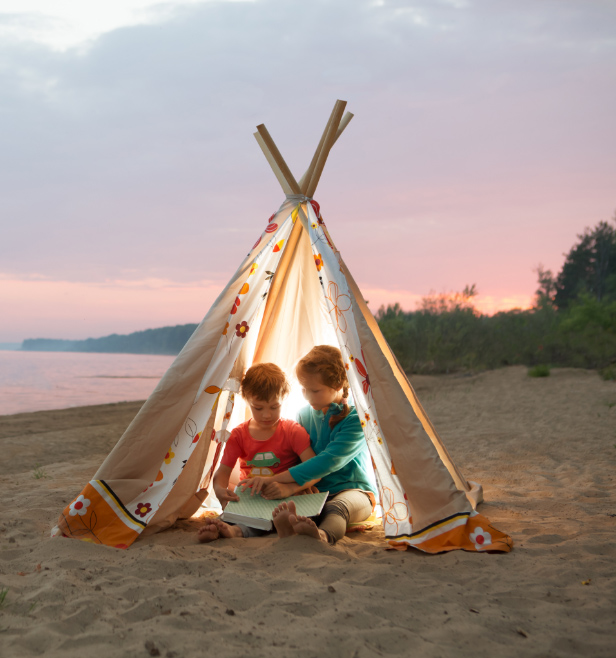

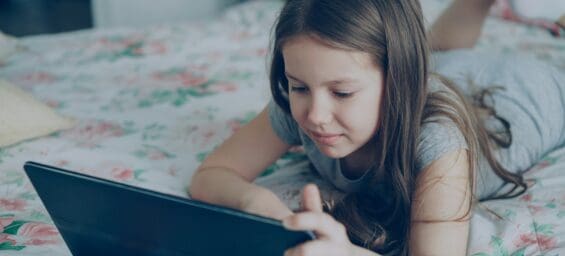

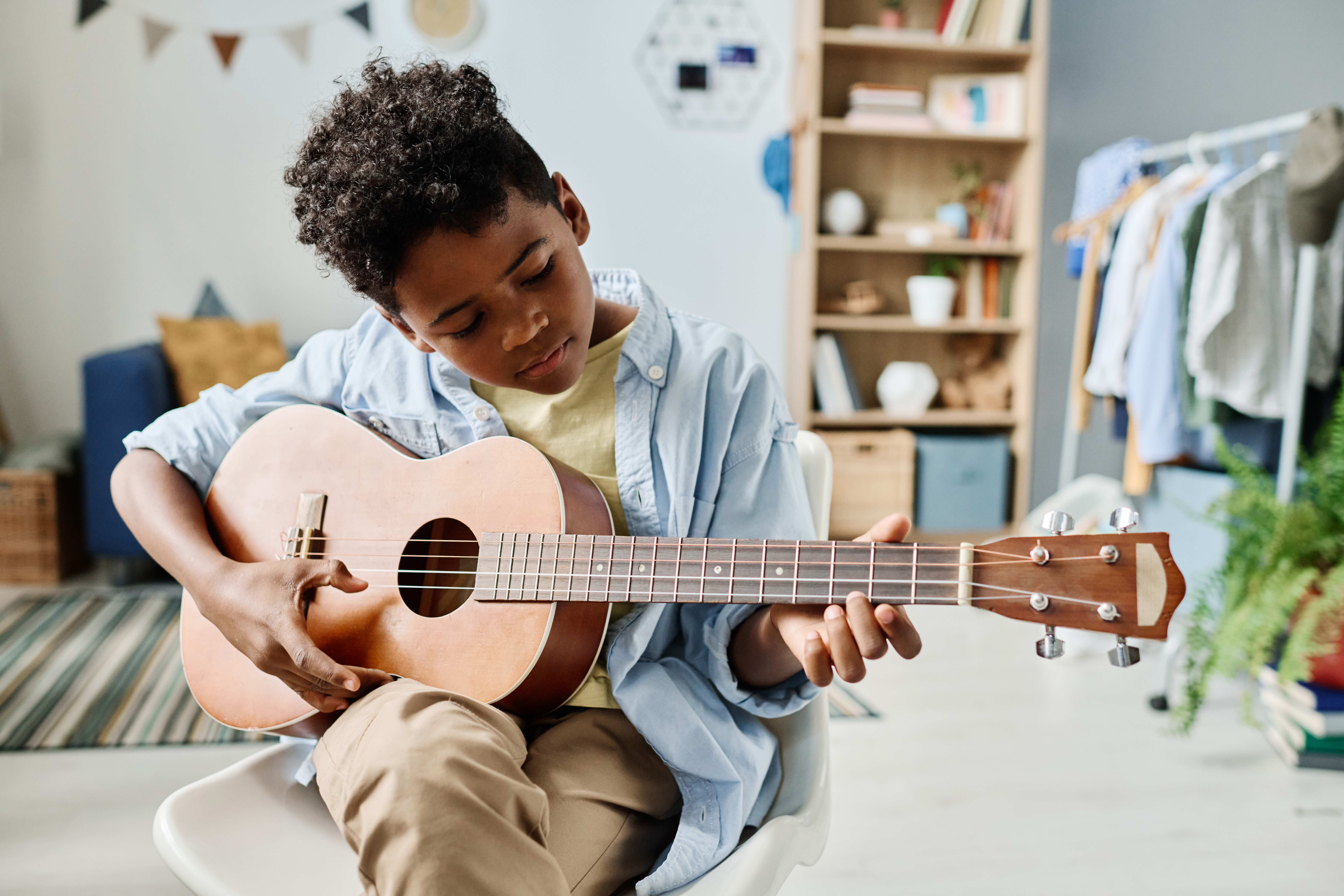

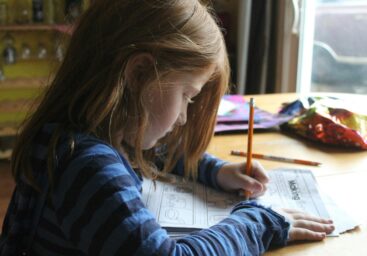

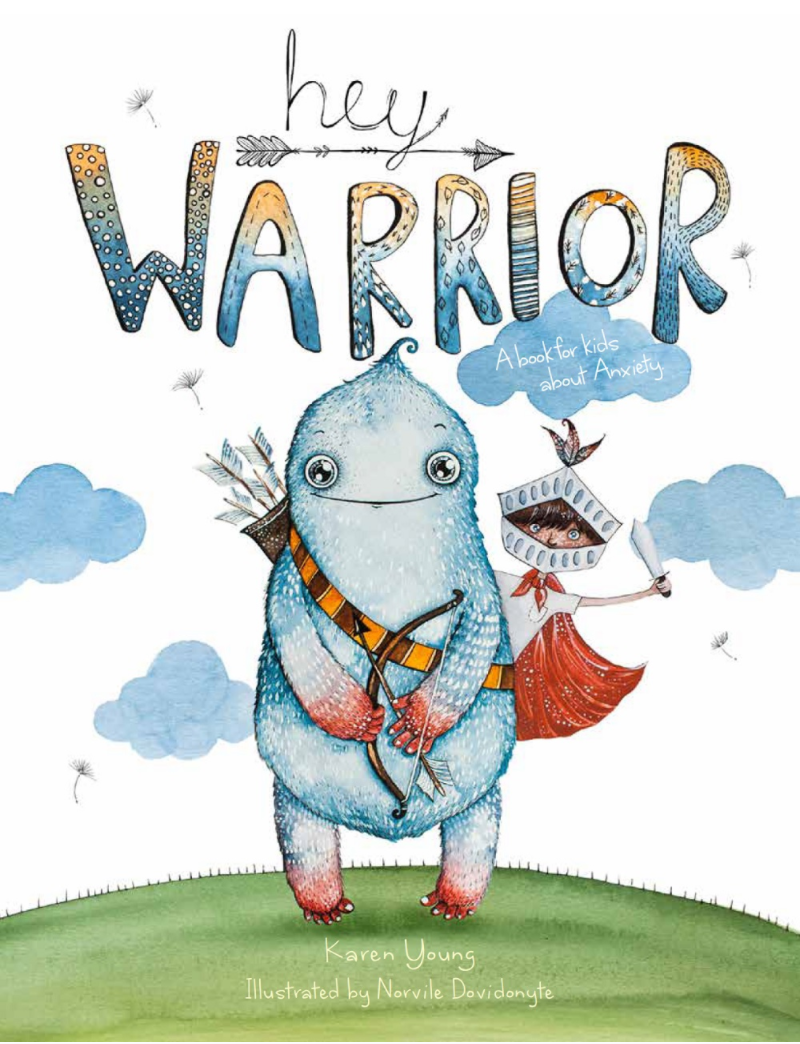
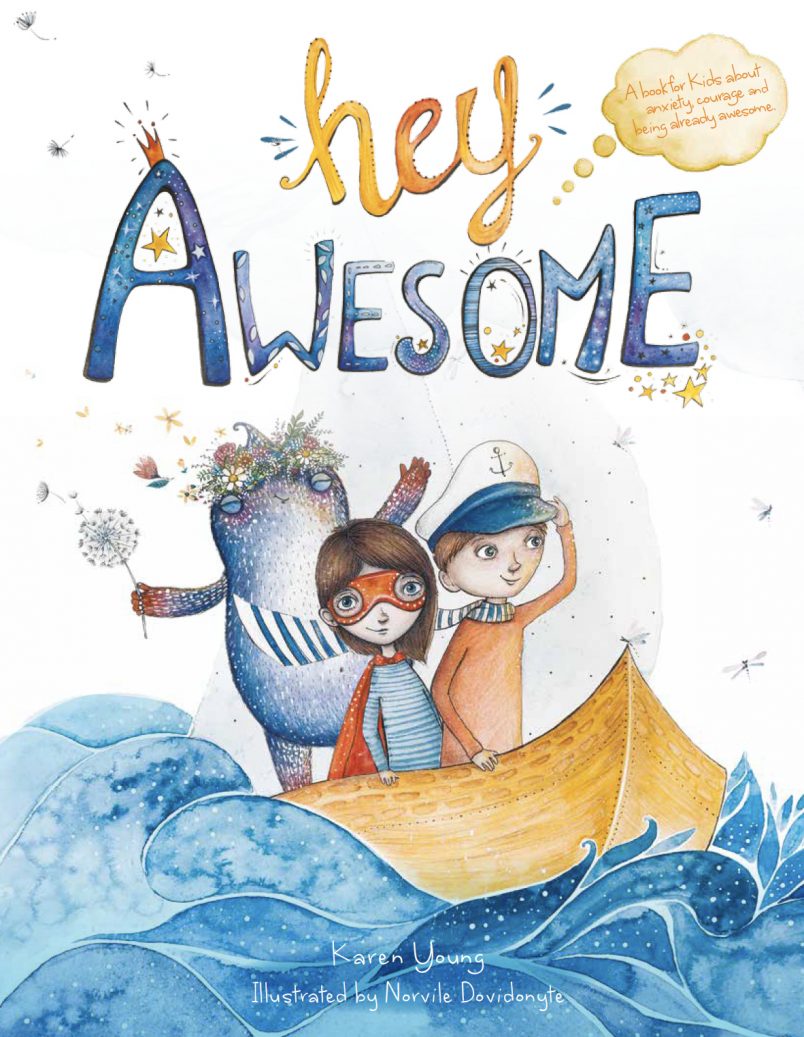
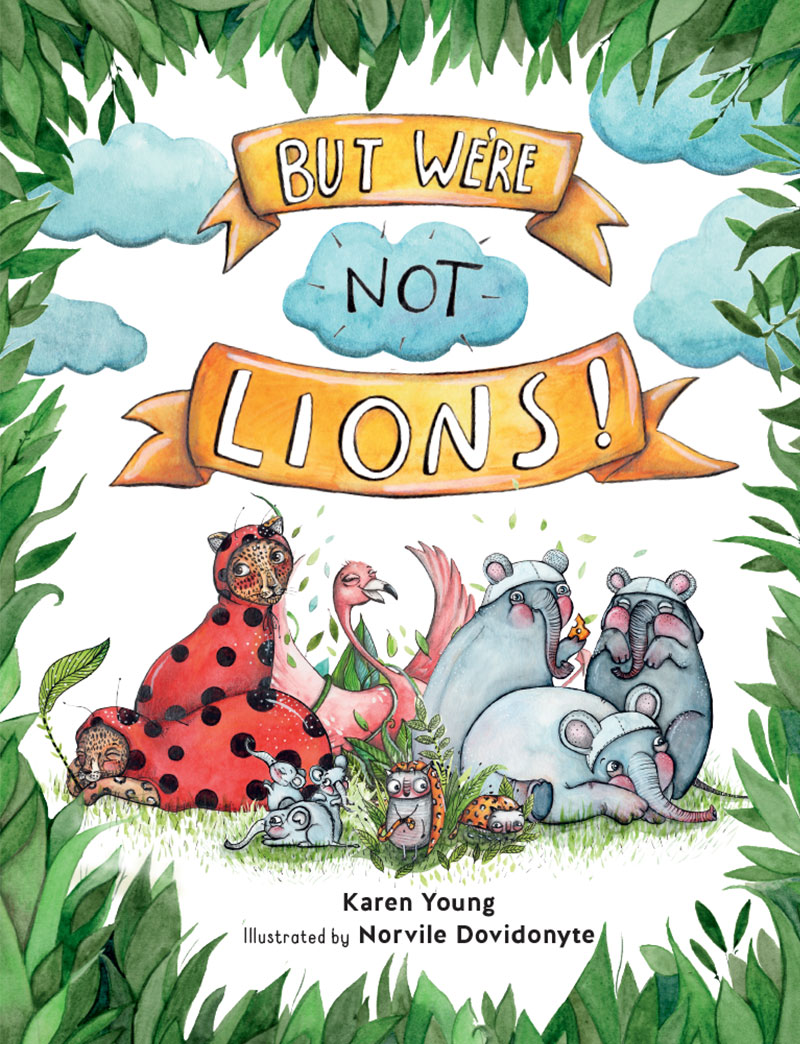
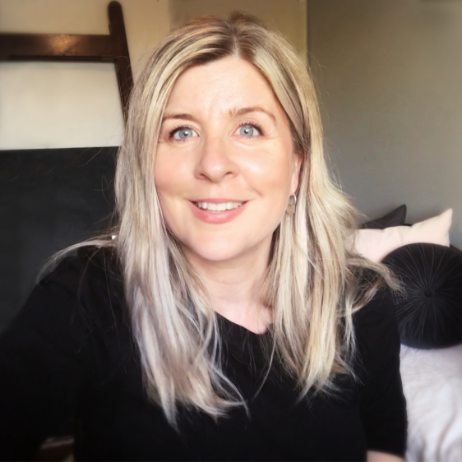
![It’s the simple things that are everything. We know play, conversation, micro-connections, predictability, and having a responsive reliable relationship with at least one loving adult, can make the most profound difference in buffering and absorbing the sharp edges of the world. Not all children will get this at home. Many are receiving it from childcare or school. It all matters - so much.
But simple isn’t always easy.
Even for children from safe, loving, homes with engaged, loving parent/s there is so much now that can swallow our kids whole if we let it - the unsafe corners of the internet; screen time that intrudes on play, connection, stillness, sleep, and joy; social media that force feeds unsafe ideas of ‘normal’, and algorithms that hijack the way they see the world.
They don’t need us to be perfect. They just need us to be enough. Enough to balance what they’re getting fed when they aren’t with us. Enough talking to them, playing with them, laughing with them, noticing them, enjoying them, loving and leading them. Not all the time. Just enough of the time.
But first, we might have to actively protect the time when screens, social media, and the internet are out of their reach. Sometimes we’ll need to do this even when they fight hard against it.
We don’t need them to agree with us. We just need to hear their anger or upset when we change what they’ve become used to. ‘I know you don’t want this and I know you’re angry at me for reducing your screen time. And it’s happening. You can be annoyed, and we’re still [putting phones and iPads in the basket from 5pm] (or whatever your new rules are).’♥️](https://www.heysigmund.com/wp-content/plugins/instagram-feed-pro/img/placeholder.png)